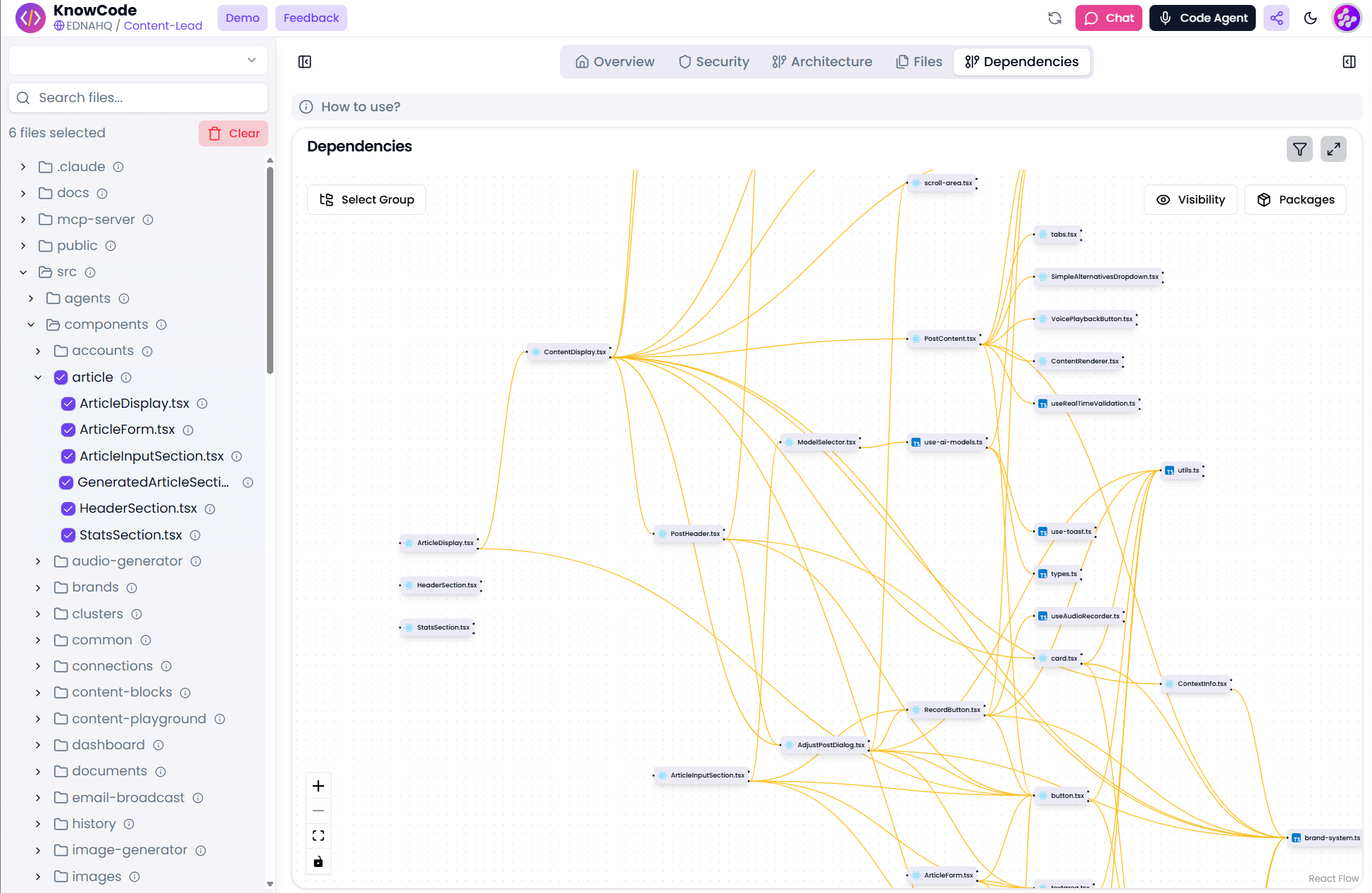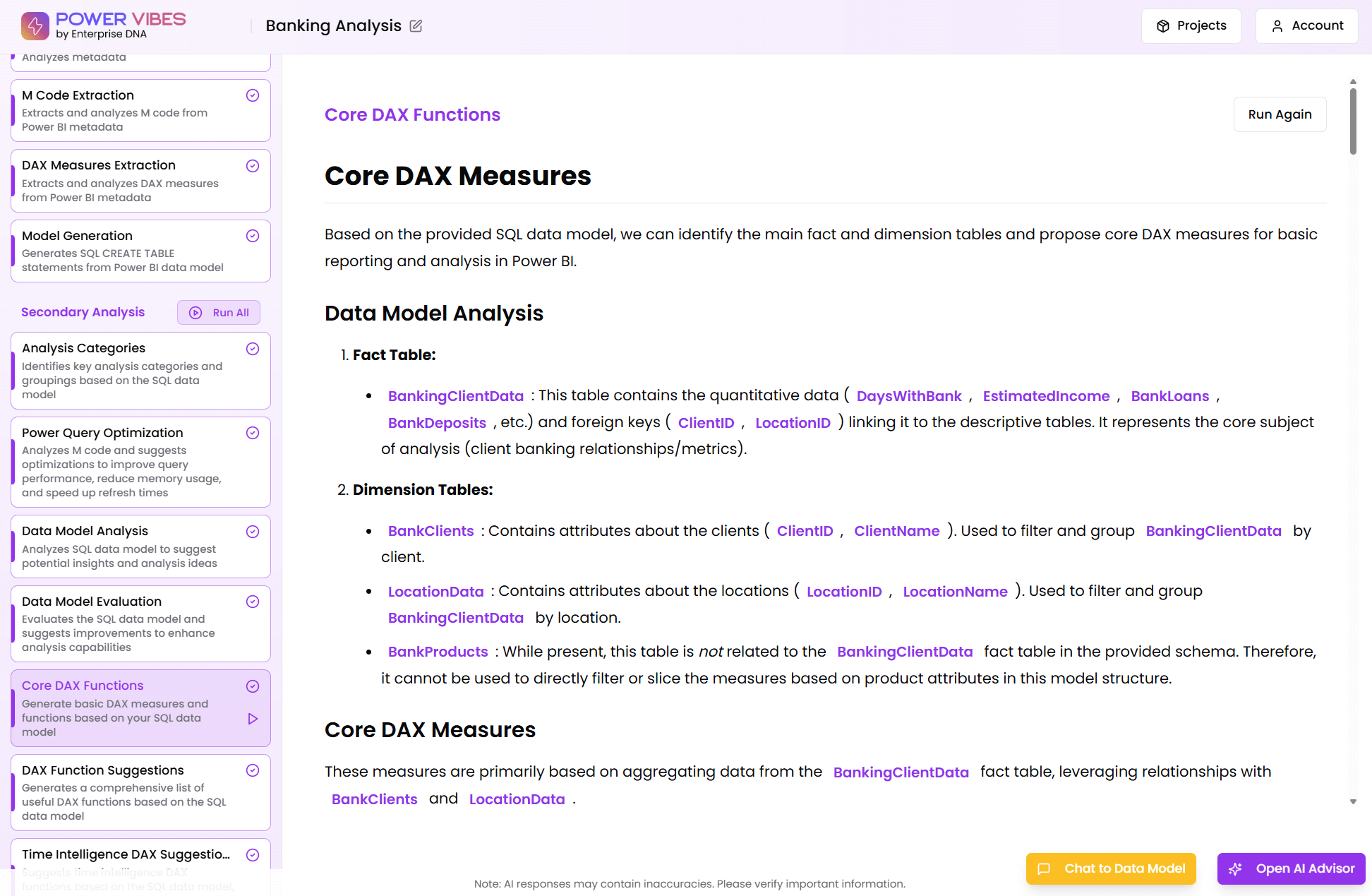DAX Function Guide
RANKX
Sam McKay
CEO & Founder
How does the RANKX work?
RANKX Formula Syntax
RANKX(
<table>, <expression>, <value>, <order>, <ties>
)
How do you use the RANKX?
The RANKX function can be used in calculations for calculated columns as well as calculated measures. The RANKX function will still do what it is asked.
Related Blog Posts
Loading
Considerations when using the RANKX?
- If expression or value evaluates to BLANK it is treated as a 0 (zero) for all expressions that result in a number, or as an empty text for all text expressions.
- If value is not among all possible values of expression then RANKX temporarily adds value to the values from expression and re-evaluates RANKX to determine the proper rank of value.
- Optional arguments might be skipped by placing an empty comma (,) in the argument list, i.e. RANKX(Inventory, [InventoryCost],,,”Dense”)
Related Video Tutorials
Loading
Formula examples using the RANKX
=RANKX(ALL(Products), SUMX(RELATEDTABLE(InternetSales), [SalesAmount]))
= IF ( HASONEVALUE ( Test[Name] ), RANKX ( ALL ( Test[Name] ), [Sum Value] ) )
= RANKX( ‘Table’, ‘Table'[My Value] + (INT(‘Table'[Date]) / 100000) )
Related Courses
Loading










